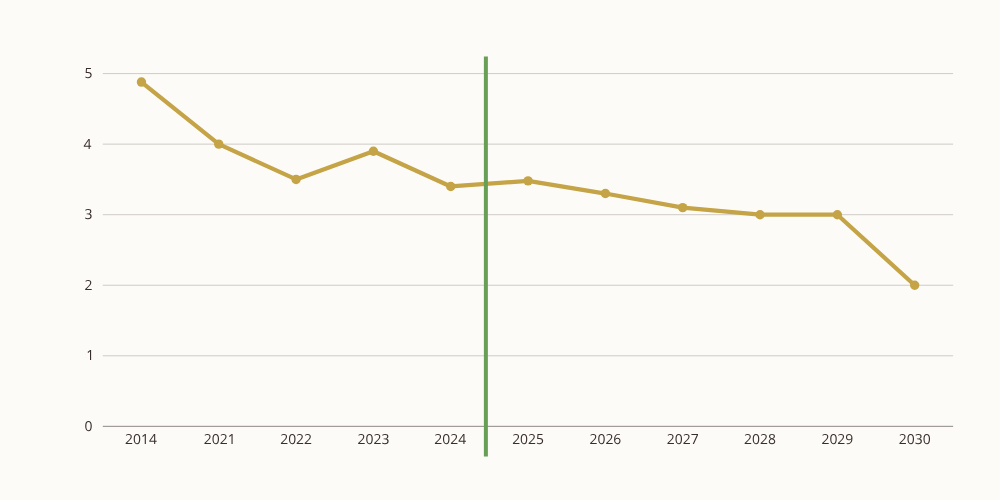
Our Sustainability Goals
Our sustainability work embraces social, environmental, and economic responsibility across our entire value chain, with a strong focus on climate action and respecting human rights.
THE PARIS AGREEMENT
The Paris Agreement is a global climate accord that came into force in 2016. Its core objective is to limit global warming to well below 2°C, aiming for 1.5°C.
Our commitment is to reduce the climate-impacting emissions across the entire coffee production chain by 50% by 2030, in line with the Paris Agreement. This includes everything from land preparation and cultivation to transport, production, packaging, and waste.

We are aligned with the Science Based Targets initiative (SBTi) and report to CDP. We measure our emissions in accordance with the Greenhouse Gas Protocol across Scope 1, 2, and 3, and publish our results annually.


